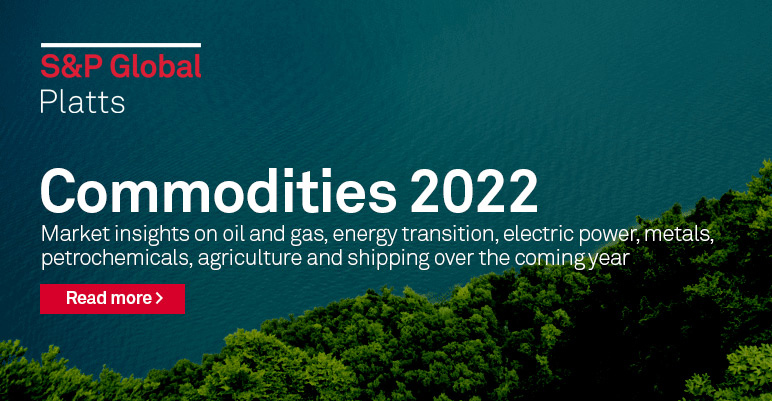S&P Global Platts President Saugata Saha discusses how data and technology can help bridge the gap between old and new fuels, accelerating the energy transition.
You can also read Saugata's feature on the Insight blog or in the latest Insight magazine.
The global energy transition is well underway, but to accelerate decarbonization, we will need continued advancements in data and technology.
A variety of solutions are emerging to help bridge the gap between old and new fuels, from voluntary carbon credits to offset emissions, to improved monitoring and measurement of greenhouse gases at the point of production for oil and gas.
While the global economy will remain dependent on oil and natural gas for the foreseeable future, we see increasing investments in energy resources with lower associated emissions.
Market demand for "low-carbon" oil and gas is growing, spurring the transition to cleaner, renewable fuels. To that end, the market requires a deeper understanding of both the fuels and attributes of voluntary carbon credits.
Metrics for carbon intensity – or CI – like those being produced by S&P Global Platts for crude oil streams, could have a transformational impact on the way different grades of oil are priced in the market.
In the voluntary carbon markets, information about the attributes of the carbon credits being bought and sold, as well as data on transactions, are essential.
Crude oil grades with higher CI could become devalued in comparison with those with lower CI. And premiums for low-CI would rise with increasing carbon credit prices.
New commodities like carbon credits and CI premiums may not be physical, but they are unlocking new value and pathways to a cleaner energy system. They are also dependent on, and generate, vast amounts of data that require new technology and faster delivery mechanisms so that markets can put them to use effectively.
The distribution of energy content through desktop and mobile applications, and APIs lets traders not only see the value of transition commodities – but also trade them with the best information in real time. S&P Global's Platts Dimensions Pro provides the full range of Platts' pricing data, news and analyses in a single dynamic workflow tool available on desktop and mobile systems. This content is also accessible through our machine-to-machine delivery channels such as real-time delivery, bulk delivery, delivery through excel-based solution and APIs.
With the help of artificial intelligence and blockchain, both consumers and end-users can improve processes and transaction speeds, as well as help model the complex global integrated energy system.
For example, blockchain can ensure traceability in the supply chain for vital energy transition raw materials such as battery metals.
Likewise, AI has potential to create much-need transparency in the voluntary carbon market. Platts has partnered with Viridios to launch six AI-driven Carbon Credit ‘CARBEX' Indices generated using Platts commodity data and Viridios' AI software, along with Viridios' database of carbon credit transaction data.
From enabling the trade of environmental attributes, to analyzing the many factors that impact value, technology along with high-quality, timely data will be key in driving decarbonization through digitalization.
In the short and long term, the energy transition will be fueled by information. S&P Global Platts will continue to advance its data intelligence, insights, and analysis to bring clarity and transparency to markets and stakeholders charting their paths to a decarbonized energy future.



